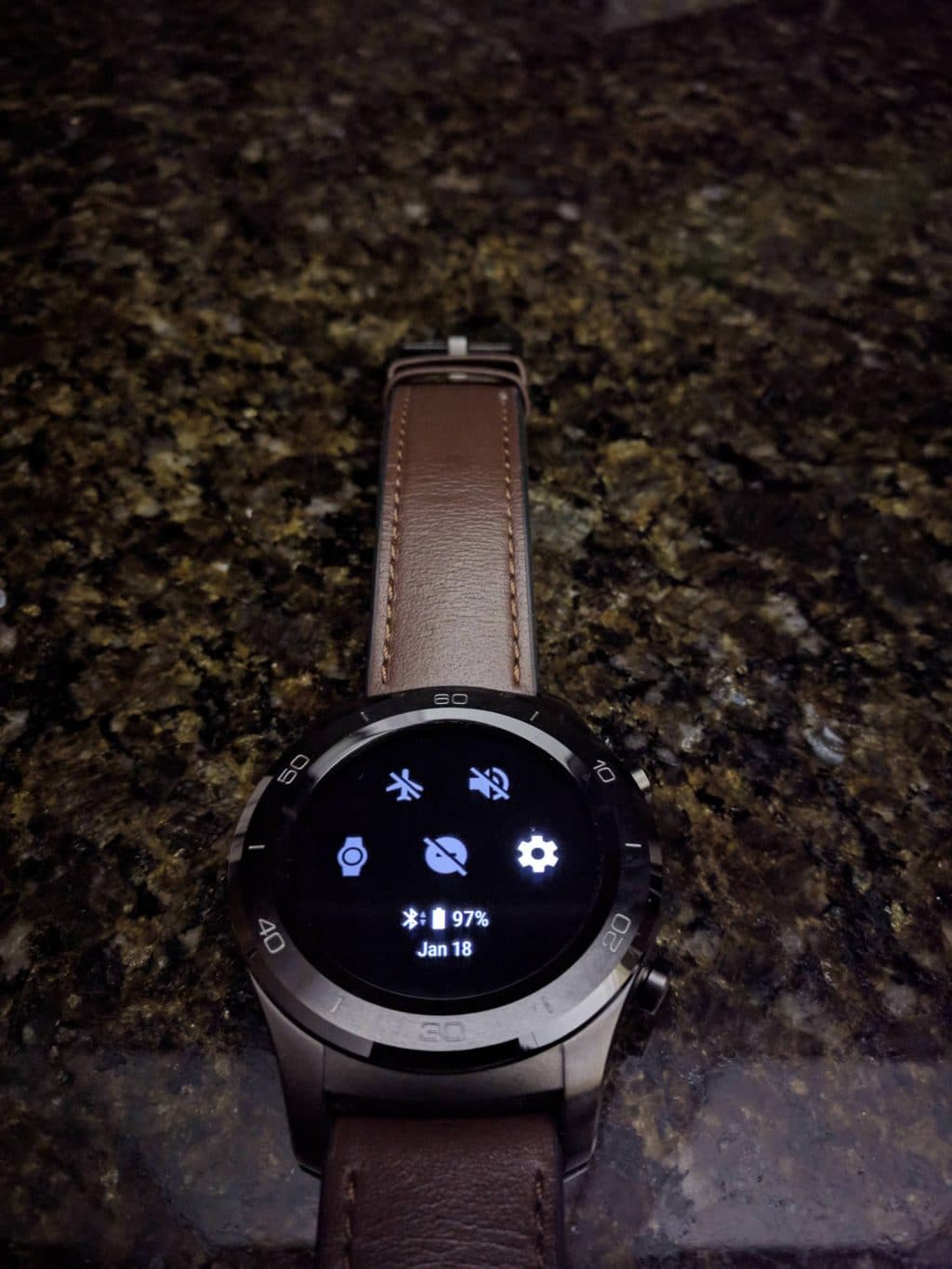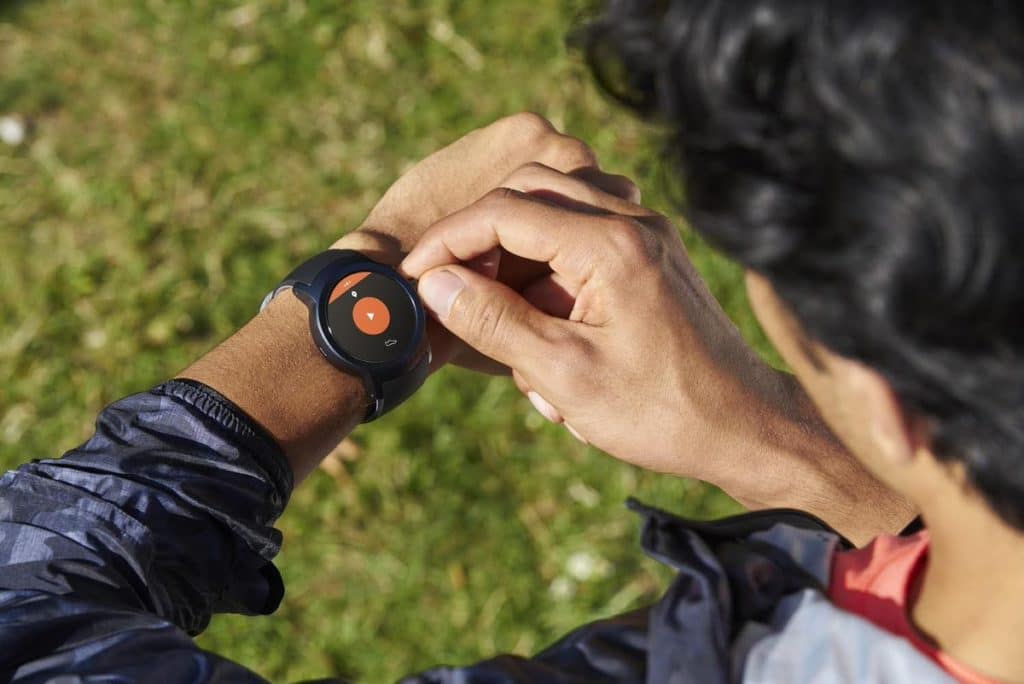I have yet to wipe my drool from reading about Google’s Android Wear announcement. This news is exactly what I, as a wearable fan who has been following this industry with baited breath, was waiting for. Android Wear is very promising, but it’s also important to keep a critical and slightly skeptical approach when reading about it. Here are the reasons I am oscillating between both sentiments.
It’s Google Now, where it makes sense…
Google Now has been available for a little less than two years and has matured a lot since its announcement. Now can act as the frontpage to your life, with all of the important information that you need, when you need it. The “where” however had been a hit-and-miss, with most Android users — even on the Google Experience Launcher — required to manually switch to the app with some form of a gesture, tap, tap-and-hold, etc…
Google Now makes a lot more sense on a watch:
- Its card-based approach fits well with the glanceable, bite-sized nature of a watch interface.
- It is always accessible, regardless of what you are doing on your device, regardless of whether your device is even turned on or in the same room.
- It can be more aware of your activity than your phone as it’s always with you and not on your desk or in a car cradle.

Google Now’s cards are perfectly tailored for a small interface
With a unified wearable SDK for app developers
If you follow Kickstarter, Indiegogo, or any wearable releases, you would know that every manufacturer has been working on its proprietary system. Pebble has its own software, Samsung switched between Android and Tizen for its own Gear line, and every other company has some sort of unique SDK released for developers so they can support it with their apps. That’s a lot of work if you’re a developer!
It’s easy to imagine that Android Wear will become the de-facto OS for most wearables from now on — it removes the weight of software development from a company’s shoulders and throws it back on Google, same as Android did for smartphones. And by becoming the most popular option, Android Wear will make it easier for developers to support a larger number of wearables with one code implementation.
https://www.youtube.com/watch?v=0xQ3y902DEQ
And “We’re just getting started”
Said David Singleton, Android’s Director of Engineering, in the developer preview video for Android Wear. This is just the first step in Android’s expansion to wearables and, I would imagine, all kinds of accessories, appliances and smart gadgets in “The Internet of Things.”
Providing manufacturers with a free and open OS that can collect data from sensors, communicate with a smartphone, and surface back relevant information to its current context, should help them focus more on improving what they do with this data, or how they show it to you. Possibilities are endless for countless form factors, from the watch to the eyeglass and beyond. I can imagine Android making it to home security systems, appliances, smart toys and more in the next few years.

The upcoming Wear SDK will open even more possibilities
But it’s not proven
This wouldn’t be the first time that Google launches a project without it getting any popular traction — remember the Nexus Q or Google Buzz? It’s easy to claim that you will take over the world, it’s harder to actually do it. The fact of the matter is that Android Wear has an uphill competition against the very established Pebble smartwatch, the massively marketed Samsung Gear line, and the upcoming rumored Apple iWatch.
It could take Wear as much time as Android did to become polished, usable and popular. And it might not even make it there, ending up as a niche project for geeks and unknown by the average consumer. Android Wear has a lot to prove and nothing to brandish yet, aside from a few high-profile partnerships.

Android Wear confirmed partners
And so many questions remain unanswered
Android Wear, from what we’ve seen in the current demos, seems to require colored touchscreens, a microphone and a speaker. Will the battery life be lamentable and the prices high thanks to this setup? Can the watch be made waterproof or will you have to take it off during swims and showers?
Other questions have been swirling in my head too. Can the interface be changed to a black theme instead of the predominantly white one in Google Now? Will there be personalizable watch faces and home setups? Can you load fullscreen apps on Wear watches, or are you limited to just receiving actionable notifications from your phone, and accessing the contextual actions screen that apps can plug into?

Despite being very capable, Android Wear seems very confined to Google Now, now
Android Wear brings with it a big promise and a lot of potential for developers, manufacturers and users. That’s not to mention what it could evolve into, should it spread beyond watches and wearables.
From what we’ve seen so far, Google Now’s contextual approach should be exponentially improved by being on your wrist, and I personally look forward to trying it out and seeing how it works. However, I am keeping a skeptical approach as I await for more details about the interface, the watch hardware and price.







